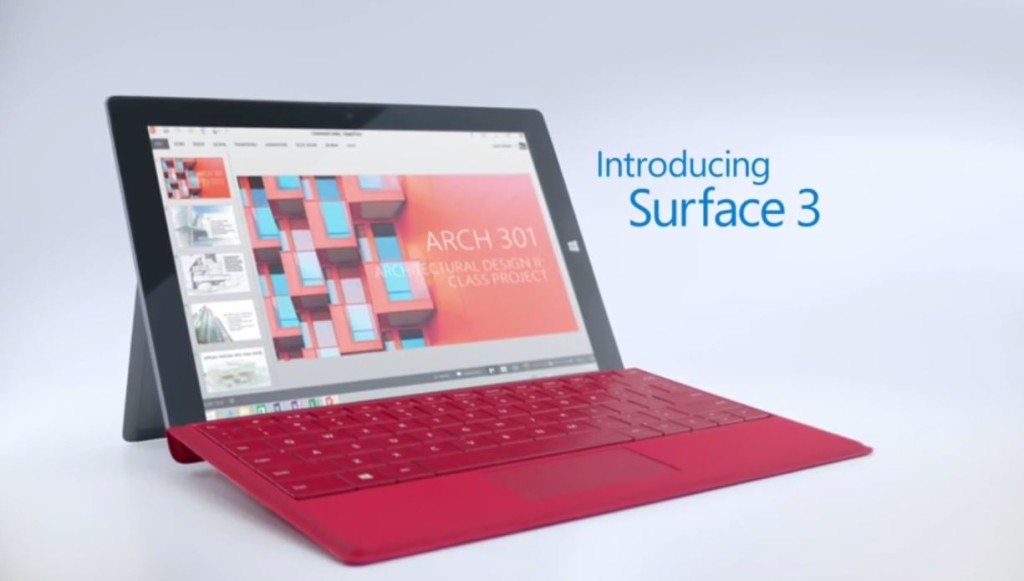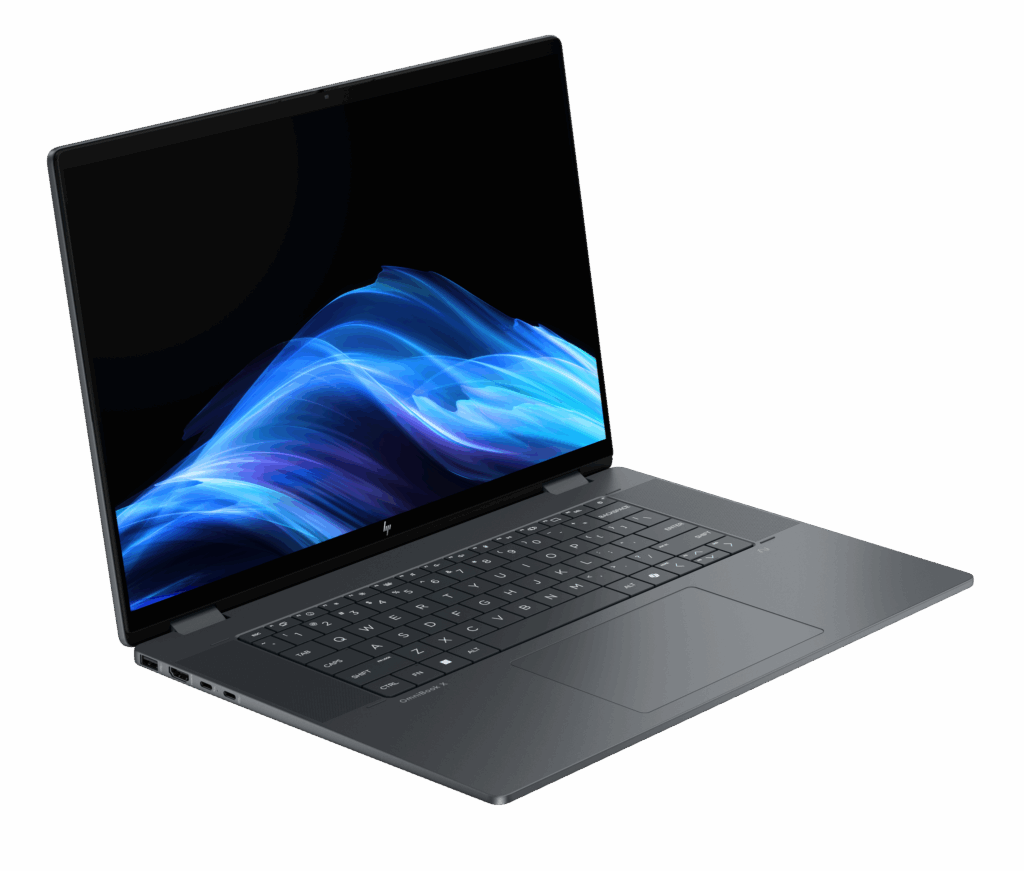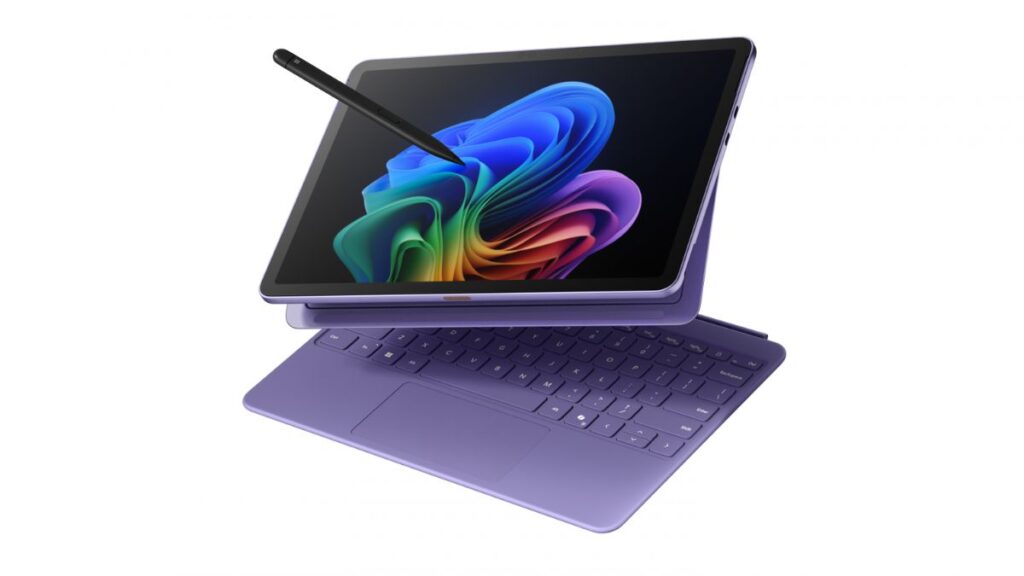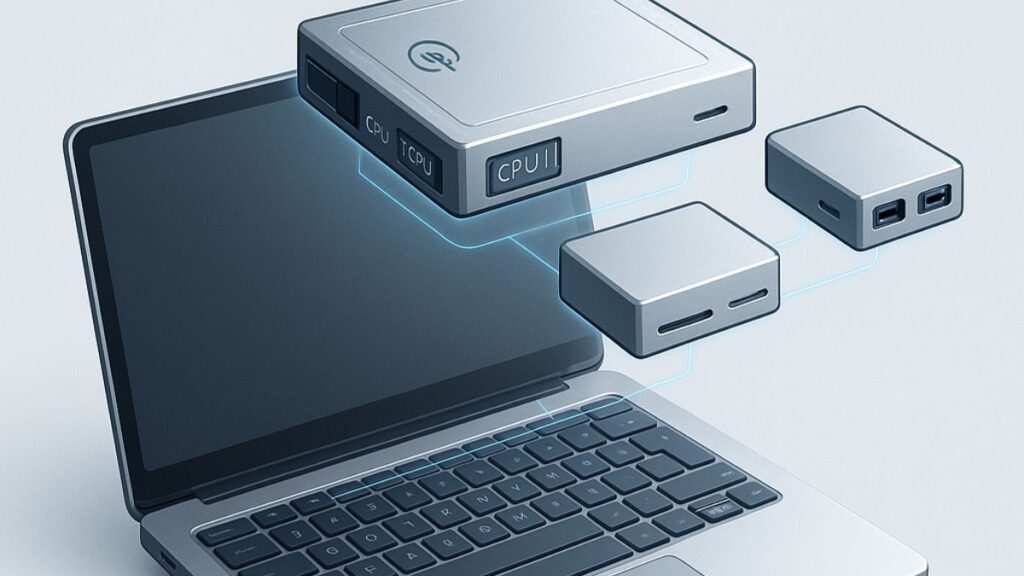The Surface 3 is an awesome device for the price. It is a very capable Windows PC squeezed into a thin, light tablet form factor. It’s secret weapon, though–the thing that sets is apart from all other Windows PCs of any shape and size–is you can recharge it using a standard, relatively ubiquitous micro USB cable.
Laptops changed the face of computing and enabled people to take their “desktop” PC on the go. The laptop freed productivity from being tethered by a power cord, but that freedom only extends as far as the battery life of the laptop. If you don’t carry the power adapter with you–which sort of defeats part of the convenience of using a laptop in the first place–you’re out of luck when it runs out of power. But, with a Surface 3 you can just find a micro USB cable and any USB power source and you’re back in business.
I wrote about the beauty of micro USB charging on the Surface 3 in this blog post:
Microsoft recently unveiled the Surface 3. The tablet is smaller and less powerful than the Surface Pro 3. It also has one killer feature, however, that makes it a better Surface tablet than the Surface Pro 3 and unique among Windows PCs of any size or shape–you can charge it via micro USB.
If you’ve ever used a laptop on the go, you’re probably familiar with how frustrating it can be to have the battery run out of juice. Murphy’s Law dictates that your computer will shut down at some crucial moment when you’re waiting for an important email or trying to put the finishing touches on a client presentation.
More advanced processors and more efficient hardware architecture has substantially increased battery life over the last few years. It wasn’t long ago that two or three hours was considered good, but many laptops are now capable of five or six hours or more on a single charge. When it comes to the Surface tablet line, Microsoft has made significant strides since the original Surface Pro. The Surface Pro 3 and Surface 3 deliver admirable battery life that can get most users through a workday.
Longer battery life is awesome–but still finite. Every time you leave your home or office you have to gamble: Can you get by without the power cord, or are you going to end up running short on battery life in the middle of the day? It’s an important question, because lugging the power adapter around is a burden, but having the laptop or Surface tablet die in the middle of the day is simply unacceptable.
If you decide not to take the power adapter and lose the gamble, you’re most likely dead in the water. There’s little, if any, uniformity among power adapters, so unless you find someone with the exact same make and model as your PC, it will be virtually impossible to recharge. Even within a line of laptops from one OEM, there’s a good chance you can’t mix the power adapters–including between the original Surface Pro, the Surface Pro 3, and the Surface 3.
Read the full post at TechRepublic: The secret weapon of the Surface 3: Micro USB.
- The Evolving Face of Ransomware — and How We Can Stay Ahead of It - August 15, 2025
- Why We Need to Treat AI Agents More Like Human Employees - August 13, 2025
- Why Data Must Be the Heart of Cybersecurity - August 8, 2025




The Surface Pro 3 is a great tablet/laptop and I personally own one myself. However, the price… a little steep for what you get. Before you consider buying it.. here’s a personal side; Is it Apple quality? No. Is it Gaming oriented? No. Sleek/lightweight? No. Portable? Sure..
Thanks for sharing your thoughts. Just to clarify, though, this article is about the Surface 3–not the Surface Pro 3. The Surface 3 is half the cost–so much more affordable. It’s also sleeker and lighter and more portable.
I’m not sure I agree on the quality statement. The engineering and construction of the Surface line is phenomenal. As a tablet there are ways the iPad is a better device, but the iPad doesn’t have the flexibility and power of a full Windows PC like the Surface line.
Sorry, my mistake. The price does change considerably between the two devices and the Surface 3 would be a much greater deal. Flexibility wise, you’re right. But that mainly has to do with different OS platforms Desktop vs Mobile. Everything else an iPad has no trouble doing, be it Office, Gaming, Video etc..
Who would buy a device this small for serious gaming, anyway? This small a screen size sort of defeats the whole idea of immersive gaming, don’t you think? If you’re going to play dinky games on the go, you’re not going to be playing on one of these.